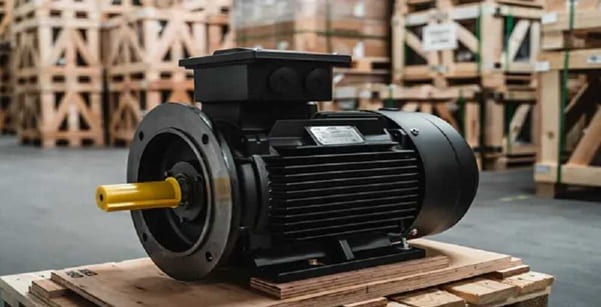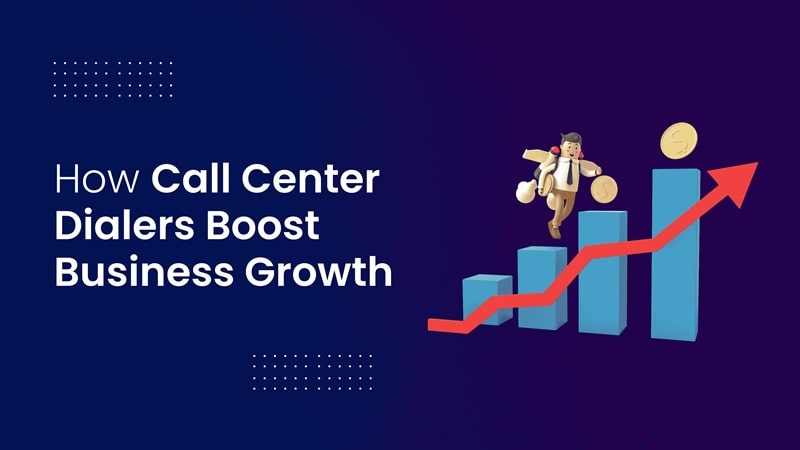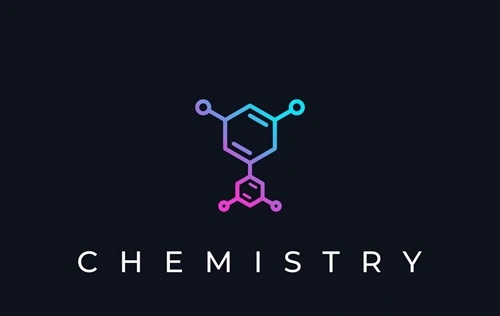When people think about renewable energy, their minds usually go straight to solar panels or wind turbines. And fair enough, that’s what we see on the surface. But behind the scenes, there’s another piece of equipment that keeps these systems running smoothly: the 3 phase induction motor.
Whether it’s helping power a wind turbine’s system or running a solar-powered water pump in a remote field, these motors are quietly becoming a mainstay in green power infrastructure. And it’s no surprise why. The design is simple. The performance is consistent. And long-term efficiency makes all the difference in a world that’s trying to do more with less.

Why These Motors Work So Well for Renewable Energy?
To begin with, the construction allows the motor to start on its own. No external starter is needed. That’s a big help, especially when discussing remote sites with limited infrastructure support. It keeps things simple. It also keeps things reliable.
If you took two motors of the same size, one single-phase, the other a 3-phase, you’d see that the latter gives you roughly 1.5 times more output. That kind of efficiency means you get more done with less. Less copper in the wiring, less energy lost in transmission and less strain on the overall system. This is one reason why these motors are a preferred choice for installations where every rupee, every unit of energy, matters.
Manufacturers like Godrej Enterprises Group, for instance, offer motors in IE2 and IE3 efficiency. Built with advanced technology and superior quality, these efficient motors are ideal for diverse industrial applications. In sectors such as cement, power, material handling, and even agriculture, they operate around the clock with minimal fuss, delivering reliable performance while keeping energy costs in check.
Helping Energy Stay Stable Even When Nature Isn’t
Renewable energy has its ups and downs. Sunlight fades and wind speeds fluctuate. But the equipment tied to these sources must keep working, no matter what. That’s where the durability of a 3 phase induction motor plays a vital role.
Its ability to run steadily, even when there are slight variations in voltage or load, is what makes it so dependable. The motor can absorb minor inconsistencies without requiring constant manual adjustments or electronic interventions. This quality becomes important in applications like wind power, where the torque demand can shift suddenly.
From Pumps to Power: Where Do These Motors Fit In?
In India, solar-powered irrigation is gaining traction. These motors drive water pumps in villages, often hooked up to photovoltaic panels. There’s no diesel or noise, just a clean power source and a motor that turns it into reliable action.
You’ll also find them inside wind turbines, especially in smaller or mid-size setups. These motors help rotate the blades to face the wind, adjust speeds, or drive internal systems. And their simplicity makes them easier to maintain than more complex alternatives.
In bioenergy plants, the motors power feed systems and agitators. The demand here isn’t constant; it fluctuates. Yet these motors keep things moving without missing a beat.
The applications keep growing, from hydro plants to hybrid solar-diesel setups. As long as the system needs dependable mechanical movement, this motor finds a role to play.
| Application | Motor Range | Load Type | Why It Works Well |
| Solar Pumping (Agri Use) | 1 HP – 10 HP | Steady/Medium | Efficient, simple to install, low maintenance |
| Wind Turbine Support | 5 kW – 100 kW | Fluctuating | Handles variable loads, long run life |
| Bioenergy Mixing Systems | 3 HP – 30 HP | Intermittent | Withstands pressure and rough environments |
| Solar-Powered Cold Storage | 10 HP and above | Continuous | Maintains cooling cycles without interruptions |
Where Sustainability and Engineering Meet
One of the lesser talked about benefits of using 3 phase induction motors in renewable systems is their role in building a more circular approach to power. These motors, by being more efficient, help reduce the size of energy storage needed in off-grid setups. That means you might not need as many batteries, or as large an inverter, to get the same level of output.
From an environmental standpoint, fewer materials, better energy utilisation, and lower maintenance mean fewer trucks on the road doing service runs, less oil used, and a smaller carbon footprint overall.
And when the project scales, this impact grows. Imagine replacing dozens or even hundreds of smaller, less efficient motors in a processing plant with well-built 3-phase units. That’s not just operational improvement, it’s a visible shift toward sustainable infrastructure.
Conclusion
Renewable energy is changing how we think about power. But it’s the components, the nuts, bolts, and motors, that decide how reliable that power is. And in that sense, the 3 phase induction motor isn’t just a piece of equipment – it’s a part of the backbone of sustainable development.
As demand for clean, decentralised energy continues to grow, there’s every reason to expect that this motor will only become more relevant. It fits into existing systems and it powers new ones. It works quietly in the background: efficiently, effectively, and without drawing too much attention; just the way great engineering should.

